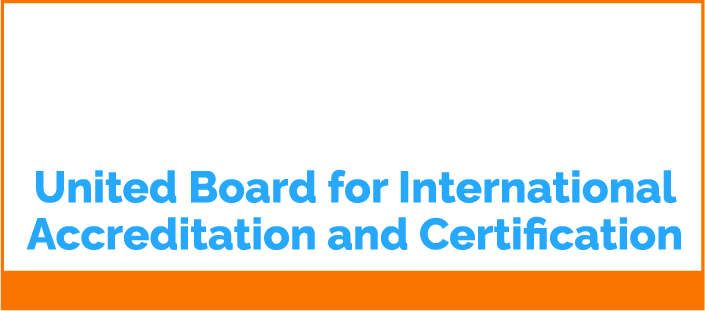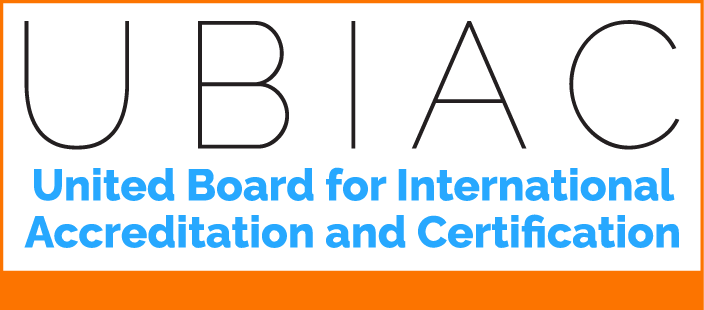A food safety management system (FSMS) is a set of procedures and processes that aim to prevent or minimize food safety hazards. The FSMS standard ISO 22000-2018 is a globally recognized standard that provides guidance on how to develop and implement a FSMS. In this blog post, we’ll provide an overview of the key requirements of the ISO 22000-2018 standard and what you need to know to implement a FSMS in your organization.
What is ISO 22000-2018?
The main requirement of the ISO 22000-2018 standard is the development and implementation of a food safety management system. The standard provides guidance on how to develop and implement a FSMS, and how to select the appropriate controls to prevent or minimize food safety hazards. The standard also specifies the requirements for the competent authority to audits the FSMS. In order to develop and implement a FSMS, you need to have a clear understanding of the ISO 22000-2018 standard and the requirements of the competent authority. You also need to select the appropriate controls to prevent or minimize food safety hazards.
The ISO 22000-2018 standard is based on the premise that food safety is achieved through the application of the Hazard Analysis and Critical Control Point (HACCP) system and other prerequisite programs. The standard provides guidance on how to develop and implement a HACCP system, and how to select the appropriate controls to prevent or minimize food safety hazards. In order to develop and implement a HACCP system, you need to have a clear understanding of the ISO 22000 requirements and the HACCP concept.
You also need to select the appropriate controls to prevent or minimize food safety hazards. Currently, the ISO 22000-2018 standard is the only globally recognized standard for food safety management systems. However, there are a number of other standards and guidelines that provide guidance on how to develop and implement a FSMS. These include the Food and Agriculture Organization of the United Nations (FAO) and the World Health Organization (WHO) Codex Alimentarius, as well as the International Organization for Standardization (ISO) technical committees TC 34 ( food products) and TC 223 (food safety management systems).The FAO and WHO Codex Alimentarius provide guidance on food safety hazards and risks, and how to prevent or minimize them. The ISO technical committees TC 34 and TC 223 provide guidance on how to develop and implement a FSMS. The ISO 22000-2018 standard is based on the principle of continuous improvement. This means that the FSMS should be constantly reviewed and improved to ensure that it remains effective in preventing or minimizing food safety hazards.
The organization should also periodically review the performance of the FSMS and make improvements as necessary. The ISO 22000-2018 standard provides a framework for an effective food safety management system. It is important to note that the standard is not a guarantee of food safety. It is the responsibility of the organization to develop and implement an effective FSMS that meets the specific needs of the organization. The key to an effective FSMS is to have a clear understanding of the standard and the requirements of the competent authority. You also need to select the appropriate controls to prevent or minimize food safety hazards.
There are a number of benefits to implementing a food safety management system. These benefits include improved food safety, reduced foodborne illnesses, improved compliance with food safety regulations, and increased confidence of consumers in the safety of the food supply. Implementing a food safety management system can also help to improve the efficiency and effectiveness of the food production process. The food safety management system should be designed to address the specific needs of the organization.
It is important to note that the standard is not a one-size-fits-all solution. The organization should select the controls that are appropriate for its specific needs. The food safety management system should also be constantly reviewed and improved to ensure that it remains effective in preventing or minimizing food safety hazards.
Electing the appropriate controls to prevent or minimize food safety hazards is critical to the development and implementation of an effective food safety management system (FSMS). A food safety management system is a system designed to protect food from becoming contaminated and causing foodborne illness. The system is based on the principle of continuous improvement, which means that the FSMS should be constantly reviewed and improved to ensure that it remains effective in preventing or minimizing food safety hazards. In order to select the appropriate controls, you need to have a clear understanding of the ISO 22000 requirements and the HACCP concept. You also need to be familiar with the various types of food safety hazards. The most common food safety hazards are biological, chemical, and physical. Biological hazards are living organisms that can cause foodborne illness. These hazards can come from a variety of sources, including humans, animals, plants, and foodborne pathogens. The most common biological hazards are bacteria, viruses, and parasites. Chemical hazards are chemicals that can contaminate food and cause foodborne illness. These hazards can come from a variety of sources, including cleaning products, pesticides, and food additives.



